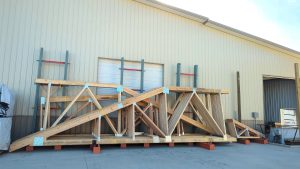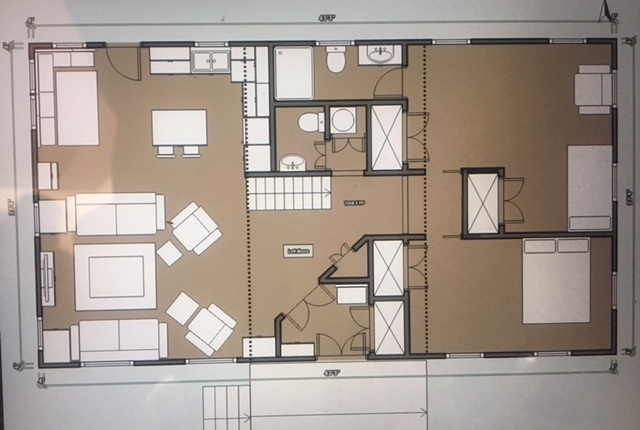Poor Project Planning Makes for Poor Results.
I am feeling WESLEY in DULUTH’s pain as he describes his situation below:
“Hello! I have a question regarding insulation and condensation. The picture shows a cathedral style ceiling with 12 inches of space between the tin and bottom of framing. My plan is to use R-38 fiberglass batts spaced from the tin by one inch. The roof is vented with two foot vented soffits and vented ridge cap. I would install a 10 or 15 mil vapor barrier then ¾ poly sheet foam and drywall. Spray foam is out of my budget so not really an option for me. There is no WRB under the tin due to poor project planning. Do you see this causing condensation issues or is there a better solution? Thanks.”

Mike the Pole Barn Guru:
While you may not like my answer, I always tell it like it is.
Without a thermal break directly between roof steel and framing you will have condensation issues, there are no two ways around it. A WRB (Weather Resistant Barrier) would not have helped your situation, as it would allow moisture to pass through and be trapped between it and your roof steel – likely resulting in premature deterioration of your roofing.
You could do:
(a) Remove roof steel and install something – least expensive being a well-sealed Reflective Radiant Barrier; next up being well-sealed Metal Building Insulation (horrid stuff to work with https://www.hansenpolebuildings.com/2011/11/metal-building-insulation-in-pole-buildings-part-i/ and https://www.hansenpolebuildings.com/2011/11/metal-building-insulation/) or solid sheathing (plywood or OSB) with 30# felt (90# if slope is under 3/12) or a synthetic ice and water shield.
Any of these would solve your condensation issue, however it creates yet another problem – trying to insulate and have an inch of unobstructed air flow from eave to ridge above insulation. Not going to happen.
Or
(b) Have two inches of closed cell spray foam applied to the underside of your roof steel, then fill the balance of cavity with unfaced rockwool batts (https://www.hansenpolebuildings.com/2013/03/roxul-insulation/).
Your idea of using fiberglass batts will result in them getting wet from condensation, losing R value and becoming a home for mold and mildew. While spray foam may be out of your budget, the expense of fixing something done wrong will make it sound cheap.








